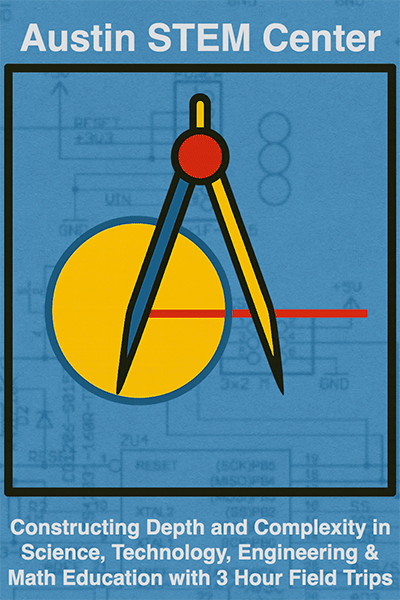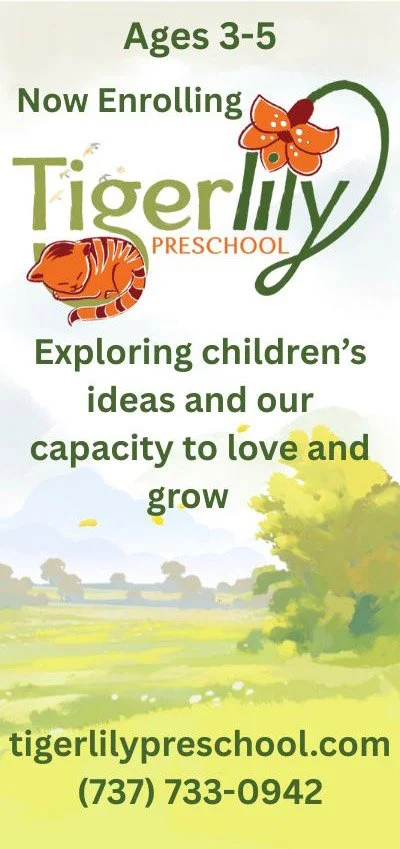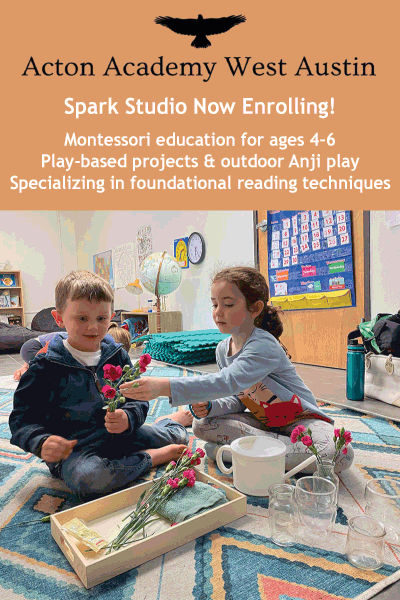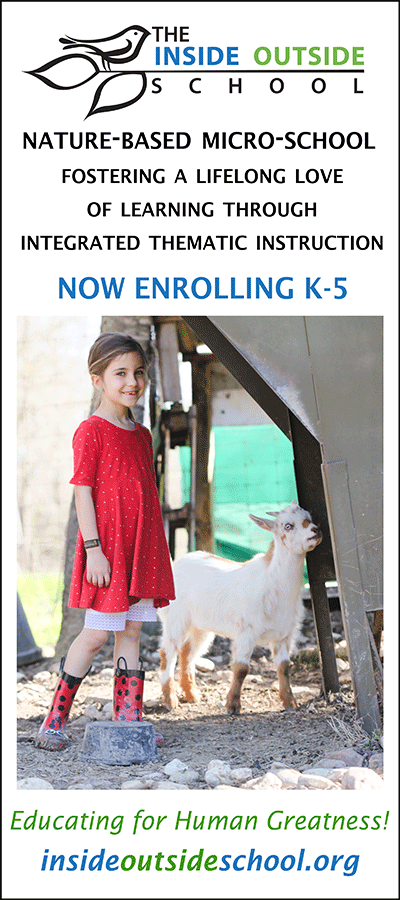The art and science of giving
/One of the many practical skills students learn at The Living School is the art and science of giving. Director and teacher Paula Estes guest blogs about how and why service projects form a core part of the curriculum at this unique microschool.
Life's most persistent and urgent
question is: What are you doing
for others?
—Martin Luther King Jr.
When Teri asked me if I was interested in writing a guest blog post for her fabulous new website, I knew immediately what I wanted to write about. Service projects are a vital and regular part of our school community, but like many of the things we do at the Living School, they grew out of our everyday experiences.
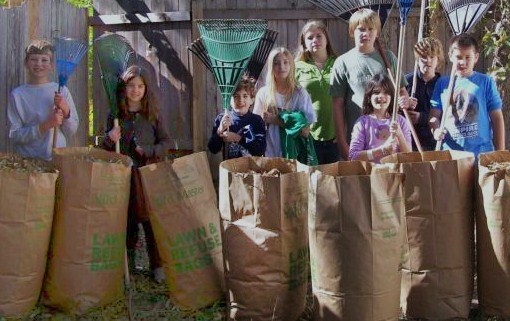 Raking leaves for neighbors is just one of The Living School’s frequent and varied service projects.
Raking leaves for neighbors is just one of The Living School’s frequent and varied service projects.
Years ago when the kids were younger, we had conversations on our walks to the neighborhood park about litter and why people throw trash on the ground. This led to regular trash walks in our neighborhood to clean it up. We often plugged into seasonal opportunities to donate or volunteer. Each fall we gathered our too-small coats and donated them to Coats For Kids; each spring we gathered school supplies to donate to Manos de Cristo's Back-to-School program.
It wasn’t until about three years ago that I realized the potential for service projects as a regular part of our learning experience. In the month before winter break we were discussing our tradition of making gifts for each other, and one of the kids said, “Maybe we should just give the money we would spend on making gifts to people who need it.” That year at our winter family potluck we had our first Giving Tree. Kids individually researched and chose nonprofit organizations to which they would give small financial donations or volunteer their time. They shared with the group at a ceremony what they had learned about their chosen organizations and how they were working to solve particular problems in the world. I was amazed at the diversity of the kids’ chosen organizations and at the thought they had put into their selections. As a result of this positive experience, we began to weave regular service projects into our learning.
We often combine our projects with field trips to see how our work relates to the bigger picture. For instance, after gathering food for the Capital Area Food Bank, we took a tour and learned about the millions of pounds of food that are distributed each year, the thousands of volunteers who work to sort the food, the companies that lend trucks to transport it to smaller food pantries, and the local businesses that give food that would otherwise spoil and end up in a landfill. Trips like these give us a sense of what one person—connected with a larger organization—can do. Suddenly we no longer feel powerless.
Service projects also create great opportunities to build on kids’ interests, which can lead us down diverse and unexpected paths. For example, many of my students feel a strong connection to animals, so we have been drawn to making treats for chimps at a primate sanctuary and helping Austin Pets Alive! in various ways.
Other projects arise as a result of a current event or natural disaster. Building toiletry kits for earthquake victims in another country or collecting books and toys for a child who has lost it all in a local fire can help kids feel empowered in a situation they may find scary or overwhelming.
In preparation for writing this post, I asked the kids what their favorite service projects were. They almost unanimously chose the big Heifer International family fundraising effort we conducted over the recent winter holidays. These are a few of the reasons they gave:
- “It helps you learn about people in another region of the world.”
- “It helps people, it’s not just charity . . . it helps them to help themselves.”
- “It has that ripple effect of the gift.”
- “Writing the letters helped us with our writing skills.”
- “You let us choose how to raise the money.”
This last comment came from a kid who took a unique approach to earning the money. Adam asked the owner of his neighborhood corner store if he could set up a lemonade stand on a Saturday in front of the store. Not only did the owner allow it, but he also donated the cups and ingredients to make the lemonade. With each customer, Adam was able to share his project, his goal, and information about Heifer International. He had a vision, and he made it happen!
When Teri asked me to relate why I felt it was important to include service projects in the curriculum, I was reminded of a conversation I had with a youth from a local high school one Saturday while working in a community garden. When I asked him how he chose this project, he simply said, “I have to complete a certain number of hours to graduate, and this looked like the least boring of the choices.” My reaction was: how sad. I don’t want our children to do service projects simply because they will look good on their college applications.
These are some of the reasons we do service projects at our school:
- They help connect us to our local community and to see ourselves as part of the larger world community.
- They build empathy and compassion by introducing us to the challenges and concerns of others.
- They encourage goal setting, problem solving, independence, and creativity while drawing on students’ interests.
Making this list made me wonder what the kids thought—so I asked them. Here are a few of their answers:
- “With friends, the work of service projects feels more fun and less like a chore. Once you do it with school friends you might be more likely to do it with your family another time.”
- “It gives you a challenge—how am I going to work toward this?”
- (and my all-time favorite) “When you do it and you are being educated about it, you will grow up to do it and teach that to your kids!”
I couldn’t have said it better myself.
Paula Estes





